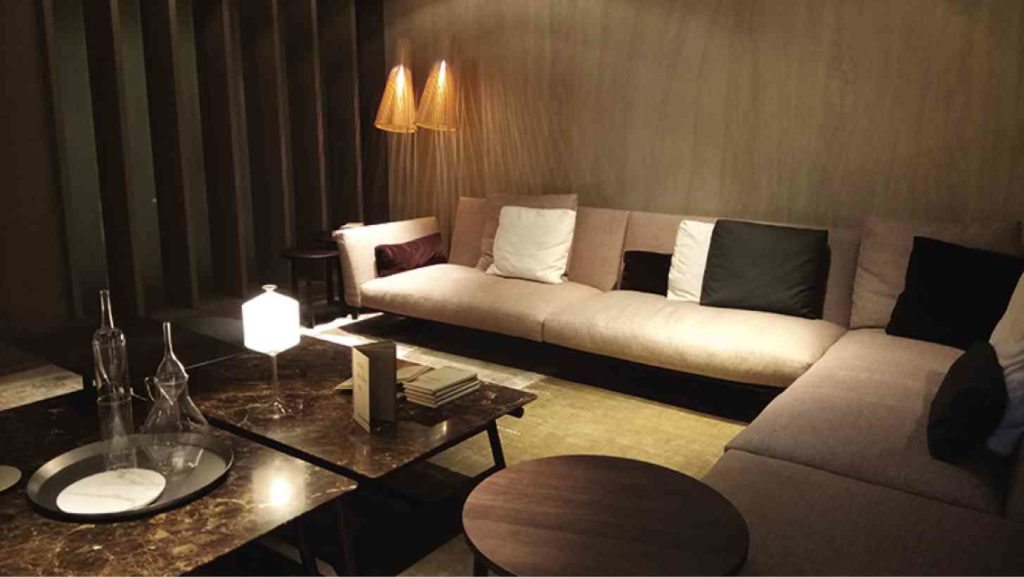Living in the light

Decorative lights brighten up dark corners.
Light is essential to survival. Besides food and shelter, we also need light to help us see and carry out tasks.
Illuminating our home, in particular, is crucial because it can affect our well being. Lighting nowadays has become a wide field of design that can be overwhelming to homeowners.
With all the available items on the market, which ones would bring the best benefits at the lowest costs? How can lights emphasize the beauty of our home and help us do things more efficiently?
Types of lighting
The American Lighting Association defines three basic types of lighting: general, task, and accent lighting.
Article continues after this advertisementGeneral lighting focuses on providing central light sources in a room. Also known as ambient lighting, its main function is to wash our rooms in broad light to help us move about. This is often achieved with overhead lamps, chandeliers, ceiling or wall-mounted fixtures.
Article continues after this advertisementTask lighting, meanwhile, helps us carry out specific activities. This type of lighting usually includes the lamps under our cabinets, desk lamps, and portable types of fixtures.
Lastly, accent lighting aims to draw our eyes to a particular spot in a room. The goal is to focus on points of visual interests, such as artworks, an interesting wall, or even indoor plants.
When combined with general lighting, accent lighting is effective if it casts light that is at least three times brighter than the central sources.
These three types of lights can work together to bring out the best in our homes.
Lights for specific rooms
Different areas in our home require different light sources.
The kitchen today is usually where most activities take place. At the basic level, a central light source and under cabinet lights serve well in small kitchens. Sink areas, however, would benefit greatly from task lights. If a window can be placed in front of this area, you can bask in free, natural sunlight.
To help save on costs, lights can be installed with dimmer switches to allow you to control their brightness. This also brings drama in the room and highlights certain areas.
The dining room is where accent lights can be used well.
A chandelier remains a worthy centerpiece provided it does not overwhelm. This can be achieved by choosing one that is smaller by at least six inches than the dining table’s width.
Cabinets can showcase your best china if installed with overhead recessed lamps or shelf lights. Track lights can bring ambient illumination over the whole area and allows focus on points of interest in the room.

Living rooms need a combination of task and general lighting.
The bathroom is another space that requires well-designed task lights. Contrary to popular practice, a large overhead light causes shadows over mirror areas. It would be better to install wall lamps on each side of the mirror instead.
Undercounter lights can make midnight trips to the bathroom safer and easier if installed with sensor switches. Recessed or enclosed ceiling lamps would suit the shower or bathtub.
The bedroom, meanwhile, is a space that would best be lit based on one’s age and lifestyle.
A central light source may sometimes take away the relaxing atmosphere that helps you to sleep. Bedside lighting can benefit from suspended lamps or swing-arm wall lamps to free up tables. Closets should also be well-lit with ceiling-mounted lights or concealed shelf lights to help us look for clothes faster.
A chandelier is a unique, interesting feature that could instantly glamorize your bedroom.
Why hire a lighting designer
As much as light is important to our homes, we still look for ways to save on this matter. This can be done if we install only lights that are essential to our specific goals.
A lighting designer can help you choose your lights wisely and identify the best places to put them. You’ll be surprised how hiring one can actually help you save, while achieving your desired lighting effects.
Overall, any space can benefit from a well-designed illumination. Lighting is wise to consider, even if you’re still in the early part of home planning.
Existing spaces, however, can still be improved with the installation of new fixtures.
The best kind of light remains the natural one, but even daylighting efficiency can be further maximized through certain architectural features.
Light is something that has always existed, but nowadays it can be utilized to make our homes more beautiful and functional. It is a matter that should not be taken lightly, so to speak, for it can affect and shape our daily way of living.
(Sources: www.americanlightingassoc.com; www.hgtv.com)
The author is a licensed architect who studied abroad and currently works for DSFN Architects. A German lighting designer helped her discover tricks and tips to promote efficient lighting in a space.